In a world that is becoming increasingly aware of the importance of inclusivity and accessibility, it is crucial to ensure that every space is designed with the needs of all individuals in mind. One area that often goes overlooked is the placement of grab bars, a simple yet essential feature that can greatly enhance safety and accessibility. Whether it's in public restrooms, hospitals, or even our own homes, understanding the proper placement of ADA (Americans with Disabilities Act) compliant grab bars is crucial.
*** NOTE: This article pertains primarily to commercial applications, public spaces, and public housing applications - a vastly modified approach must be taken for privately owned homes ***

In this ultimate guide, we will delve into the intricacies of grab bar placement, exploring the various guidelines and regulations that ensure the safety and accessibility of all individuals. From determining the correct height and length to identifying the appropriate locations for installation, we will provide you with a comprehensive overview to help you create spaces that are welcoming and inclusive for everyone. So, let's dive in and embark on this journey towards a more accessible future together.
Understanding the Americans with Disabilities Act (ADA) requirements
The Americans with Disabilities Act (ADA) is a landmark civil rights law that prohibits discrimination against individuals with disabilities in all areas of public life, including employment, transportation, and public accommodations. One crucial aspect of the ADA is its guidelines for grab bar placement, which are aimed at ensuring the safety and accessibility of individuals with disabilities.
To comply with the ADA, grab bars must meet certain requirements in terms of height, length, and location. These requirements vary depending on the type of facility and the specific area where the grab bars are installed. However, the overarching goal is to provide individuals with disabilities the support they need to navigate spaces independently and safely. By understanding and adhering to these requirements, you can create spaces that are welcoming and inclusive for everyone.
ADA grab bar placement in bathrooms
One area where grab bars play a crucial role in ensuring accessibility is the bathroom. Proper grab bar placement in bathrooms can greatly enhance the safety and independence of individuals with disabilities. According to the ADA guidelines, grab bars should be installed in specific locations to provide support during transfers, maneuvering, and maintaining balance.
In toilet compartments, horizontal grab bars should be installed on the side and rear walls. The grab bar on the side wall should be at least 42 inches long, extending from the rear wall at least 12 inches. The grab bar on the rear wall should be at least 36 inches long, starting from the back of the toilet and extending at least 12 inches beyond the edge.
Additionally, vertical grab bars should be installed near the toilet, both on the side wall and the rear wall. These grab bars should be at least 18 inches long and extend from the wall at least 1.5 inches. The purpose of these vertical grab bars is to provide additional support and stability for individuals when rising from and lowering onto the toilet.
ADA grab bar placement in showers and tubs
Proper grab bar placement is also essential in shower and tub areas to ensure the safety and accessibility of individuals with disabilities. The ADA guidelines specify the requirements for grab bars in these areas to support individuals during transfers and while standing.
In shower stalls, at least one horizontal grab bar should be installed on each of the back and side walls. These grab bars should be at least 36 inches long and located between 33 and 36 inches above the shower floor. By providing these grab bars, individuals with disabilities can maintain their balance and stability while showering.
In bathtub areas, at least two horizontal grab bars should be installed. One grab bar should be located on the back wall, extending at least 36 inches from the head of the tub. The second grab bar should be installed on the control end wall, also extending at least 36 inches from the head of the tub. These grab bars should be between 33 and 36 inches above the floor of the tub, ensuring individuals can safely enter and exit the bathtub.
ADA grab bar placement in stairways and ramps
Stairways and ramps are areas where individuals with disabilities may require additional support and stability. Proper grab bar placement in these areas can greatly enhance accessibility and ensure the safety of individuals navigating stairs and ramps.
According to the ADA guidelines, handrails should be provided on both sides of all stairs and ramps. The height of the handrails should be between 34 and 38 inches, measured vertically from the leading edge of the stair or ramp. By installing handrails at the appropriate height, individuals with disabilities can easily grasp them for support while ascending or descending stairs or ramps.
Additionally, the ADA guidelines specify that handrails should have a minimum diameter of 1.25 inches and a maximum diameter of 2 inches. This ensures a comfortable and secure grip for individuals with disabilities. Handrails should also be continuous, without interruptions, and extend beyond the top and bottom of stairs and ramps for added safety.
ADA grab bar placement in public spaces and facilities
Proper grab bar placement is not limited to bathrooms, showers, tubs, and stairways. Public spaces and facilities should also comply with ADA guidelines to ensure accessibility and safety for all individuals.
In public areas, such as lobbies, waiting rooms, and hallways, grab bars should be installed in specific locations to provide support and stability. The ADA guidelines recommend installing grab bars along corridors and other areas of continuous accessible routes, especially where there are changes in floor level or where ramps are provided.
In addition to these general guidelines, specific facilities, such as hospitals, nursing homes, and rehabilitation centers, may have additional requirements for grab bar placement. It is important to consult the relevant codes and regulations to ensure compliance and create spaces that meet the needs of all individuals.
Tips for installing ADA grab bars correctly
Installing ADA grab bars correctly is essential to ensure their effectiveness and compliance with regulations. Here are some tips to help you install grab bars correctly:
1. Follow the ADA guidelines: Familiarize yourself with the ADA guidelines for grab bar placement and ensure that you adhere to them when installing grab bars. These guidelines provide the necessary requirements for height, length, and location to ensure accessibility and safety.
2. Use appropriate materials: Select grab bars made from durable, non-slip materials that can withstand the weight and pressure exerted on them. Stainless steel and nylon are commonly used materials for grab bars due to their strength and resistance to corrosion.
3. Securely mount grab bars: Ensure that grab bars are securely mounted to the wall or floor to provide reliable support. Use appropriate mounting hardware, such as screws or bolts, and follow the manufacturer's instructions for installation.
4. Consider weight capacity: Take into account the weight capacity of the grab bars and ensure that they can support the maximum intended load. This is particularly important in public spaces where individuals of various sizes and weights may use the grab bars.
5. Regular maintenance: Regularly inspect grab bars for any signs of damage or wear and tear. Replace any damaged grab bars immediately to maintain their effectiveness and prevent accidents.
By following these tips, you can install ADA grab bars correctly and create spaces that are safe, accessible, and inclusive for all individuals.
Common mistakes to avoid when installing ADA grab bars
While installing ADA grab bars correctly is crucial, it is equally important to be aware of common mistakes that should be avoided. By avoiding these mistakes, you can ensure that grab bars provide the necessary support and accessibility for individuals with disabilities.
1. Incorrect height: One common mistake is installing grab bars at the wrong height. The ADA guidelines specify the appropriate height range for grab bars, and it is essential to adhere to these guidelines to ensure accessibility and safety.
2. Insufficient length: Grab bars should be long enough to provide adequate support and coverage. Installing grab bars that are too short may limit their effectiveness and compromise safety.
3. Inadequate mounting: Improperly mounting grab bars can lead to instability and the risk of accidents. It is important to follow the manufacturer's instructions for installation and use appropriate mounting hardware.
4. Lack of contrast: Grab bars should have sufficient contrast with the surrounding walls to ensure visibility for individuals with visual impairments. This can be achieved by selecting grab bars with contrasting colors or by using contrasting materials for mounting brackets.
5. Poor maintenance: Neglecting regular maintenance of grab bars can lead to deterioration and reduced effectiveness. It is important to regularly inspect grab bars for any signs of damage or wear and tear, and replace them as needed.
By avoiding these common mistakes, you can ensure that grab bars provide the necessary support, safety, and accessibility for individuals with disabilities.
Ensuring safety and accessibility for all: Benefits of proper ADA grab bar placement
Proper ADA grab bar placement offers numerous benefits in terms of safety and accessibility for individuals with disabilities. By adhering to ADA guidelines and installing grab bars correctly, you can create spaces that are welcoming, inclusive, and supportive. Here are some key benefits:
1. Increased independence: ADA grab bars provide individuals with disabilities the support they need to navigate spaces independently. This promotes a sense of autonomy and empowerment, allowing individuals to maintain their dignity and privacy.
2. Enhanced safety: Grab bars offer stability and support, reducing the risk of falls and accidents. They provide individuals with disabilities the confidence to move around spaces with ease, knowing that they have a reliable means of support.
3. Improved accessibility: Proper grab bar placement ensures that individuals with disabilities can access and use facilities without barriers or obstacles. This promotes inclusivity and allows individuals to fully participate in various activities and environments.
4. Compliance with regulations: Adhering to ADA guidelines for grab bar placement ensures compliance with legal requirements. This can help protect against potential lawsuits and penalties, while also demonstrating a commitment to inclusivity and accessibility.
5. Positive reputation: Creating spaces that are accessible and inclusive can enhance your reputation as a business or organization. It sends a message that you value diversity and are committed to providing equal opportunities for all individuals.
By considering the safety and accessibility of individuals with disabilities through proper ADA grab bar placement, you can create spaces that are not only compliant with regulations but also welcoming and inclusive for everyone.
Inclusivity and accessibility are fundamental principles that should guide the design of every space. Proper ADA grab bar placement plays a crucial role in ensuring the safety and accessibility of individuals with disabilities. By understanding the requirements and guidelines set forth by the Americans with Disabilities Act (ADA), you can create spaces that are welcoming, inclusive, and supportive.
From bathrooms and showers to stairways and public spaces, grab bars should be strategically placed to provide individuals with disabilities the support they need to navigate spaces independently and safely. By following the ADA guidelines for grab bar placement, you can enhance accessibility, promote inclusivity, and ensure compliance with legal requirements.
Remember, proper installation, regular maintenance, and attention to detail are key to maximizing the effectiveness of grab bars. By creating spaces that prioritize the needs of all individuals, you contribute to a more inclusive and accessible future for everyone. So let's work together to ensure safety and accessibility for all through proper ADA grab bar placement.




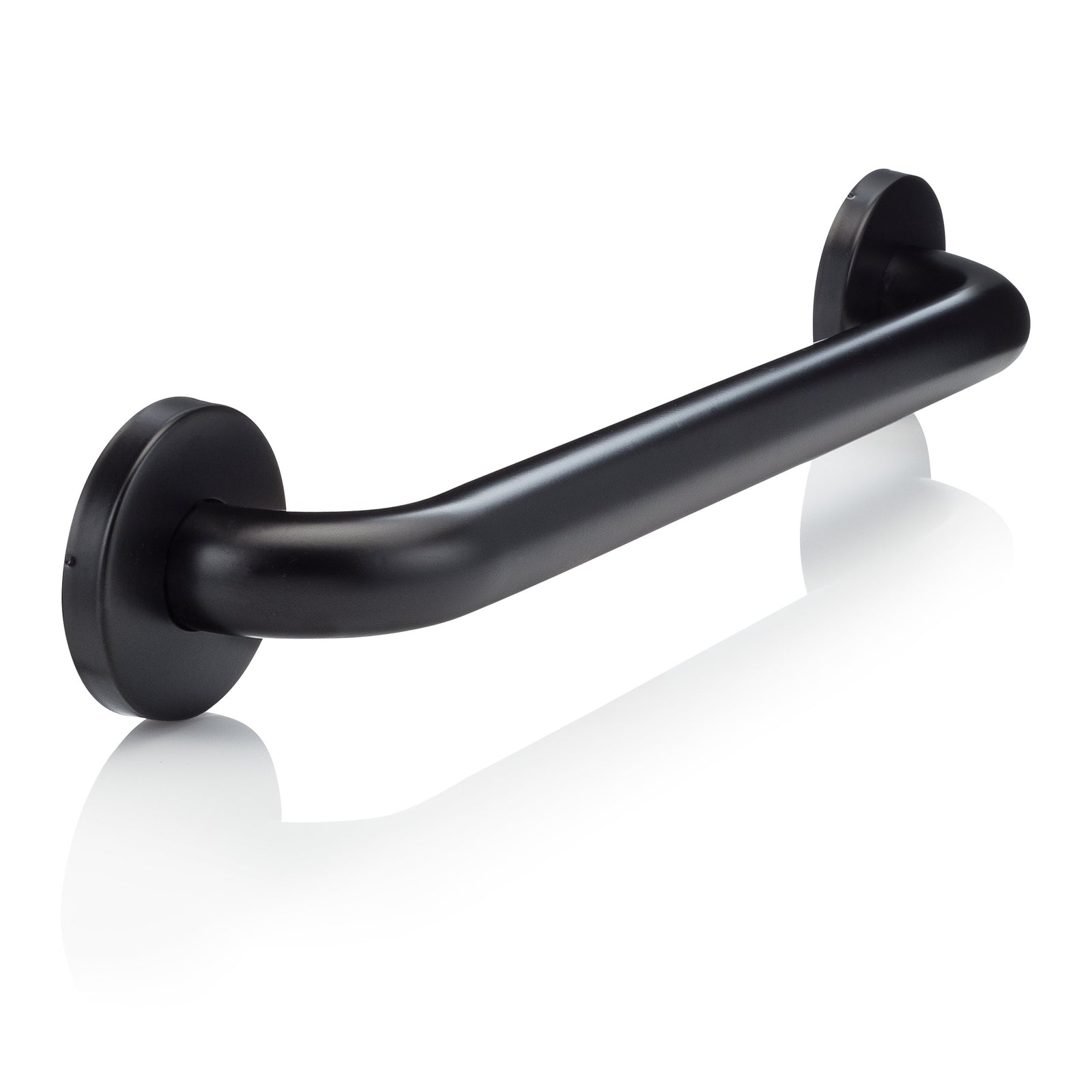

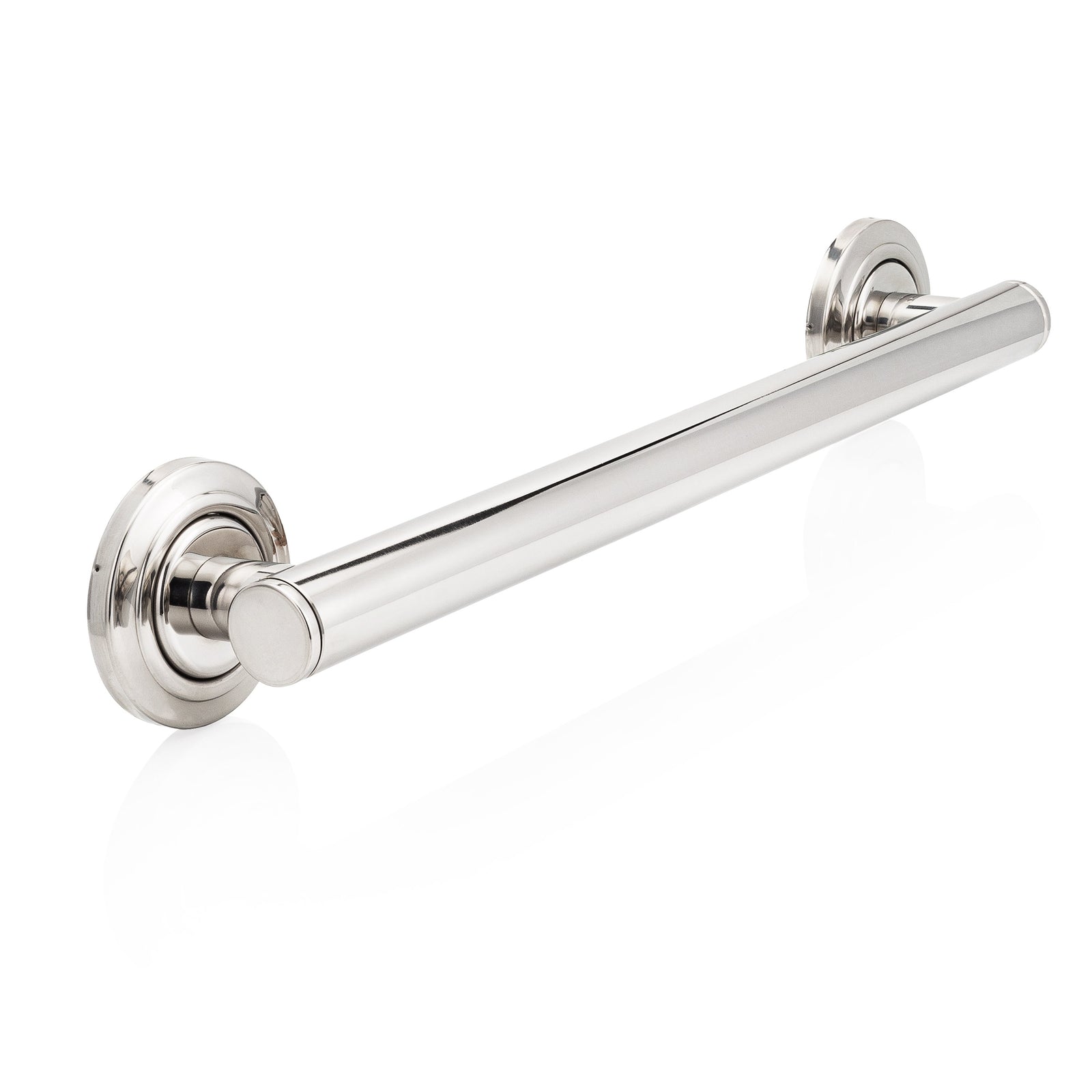
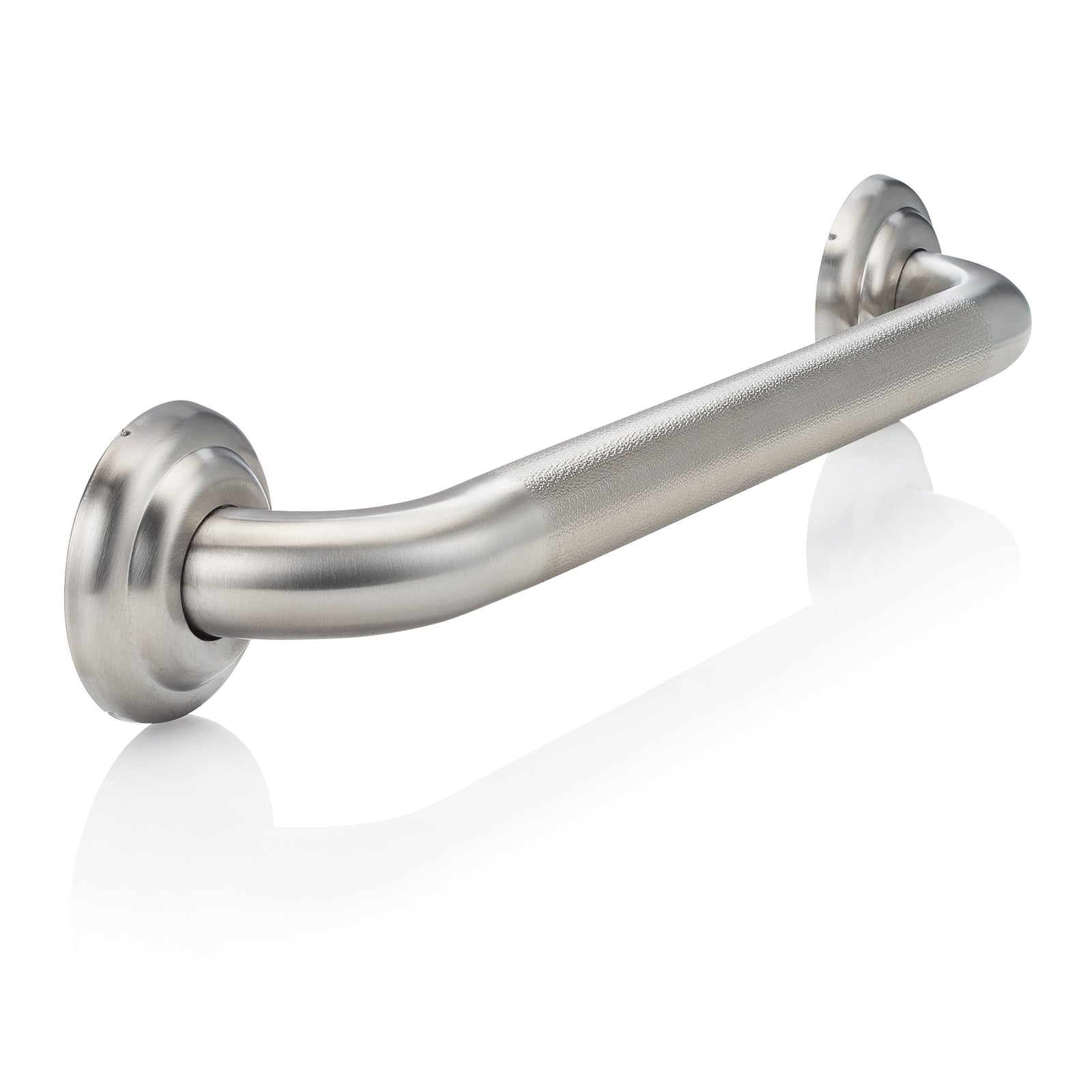
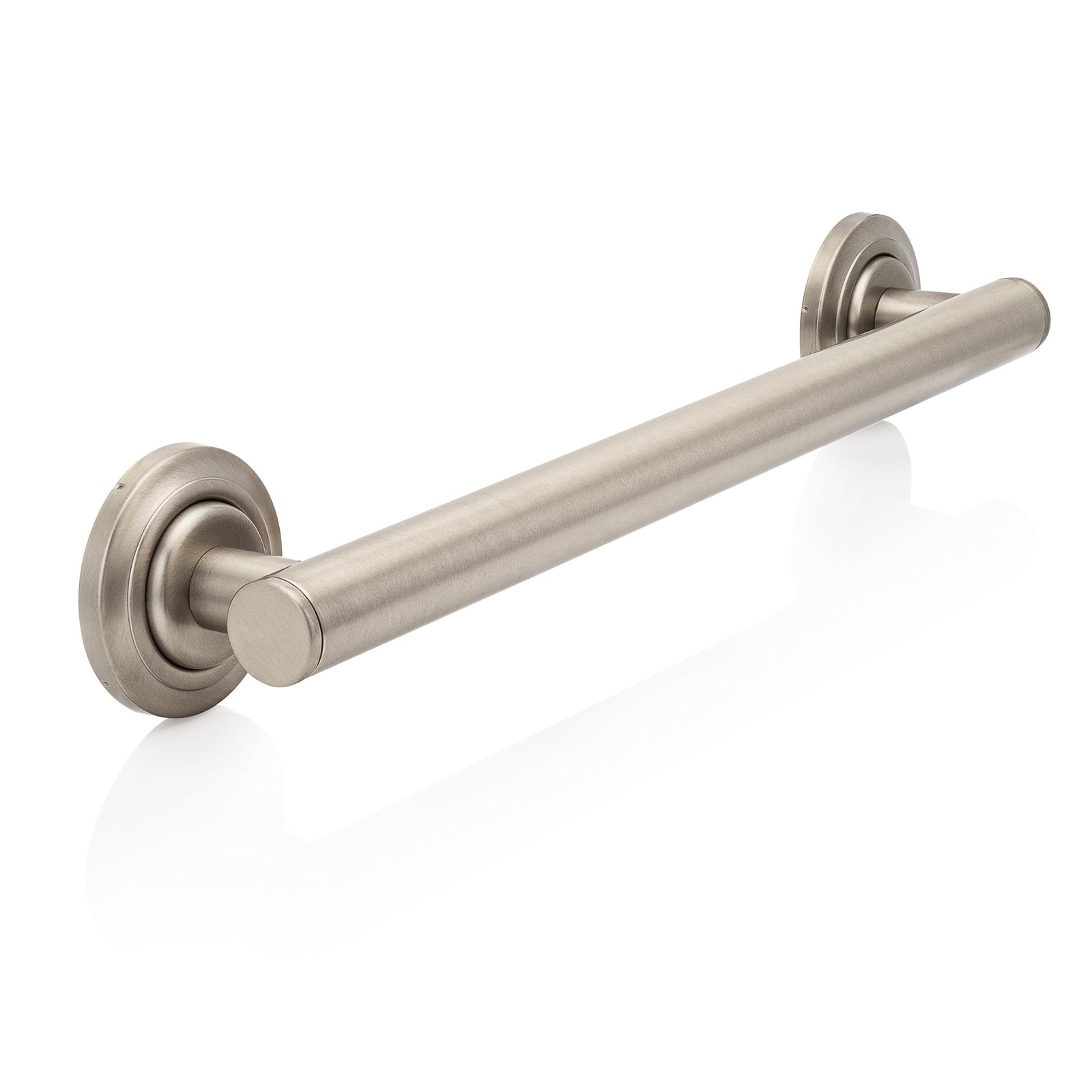
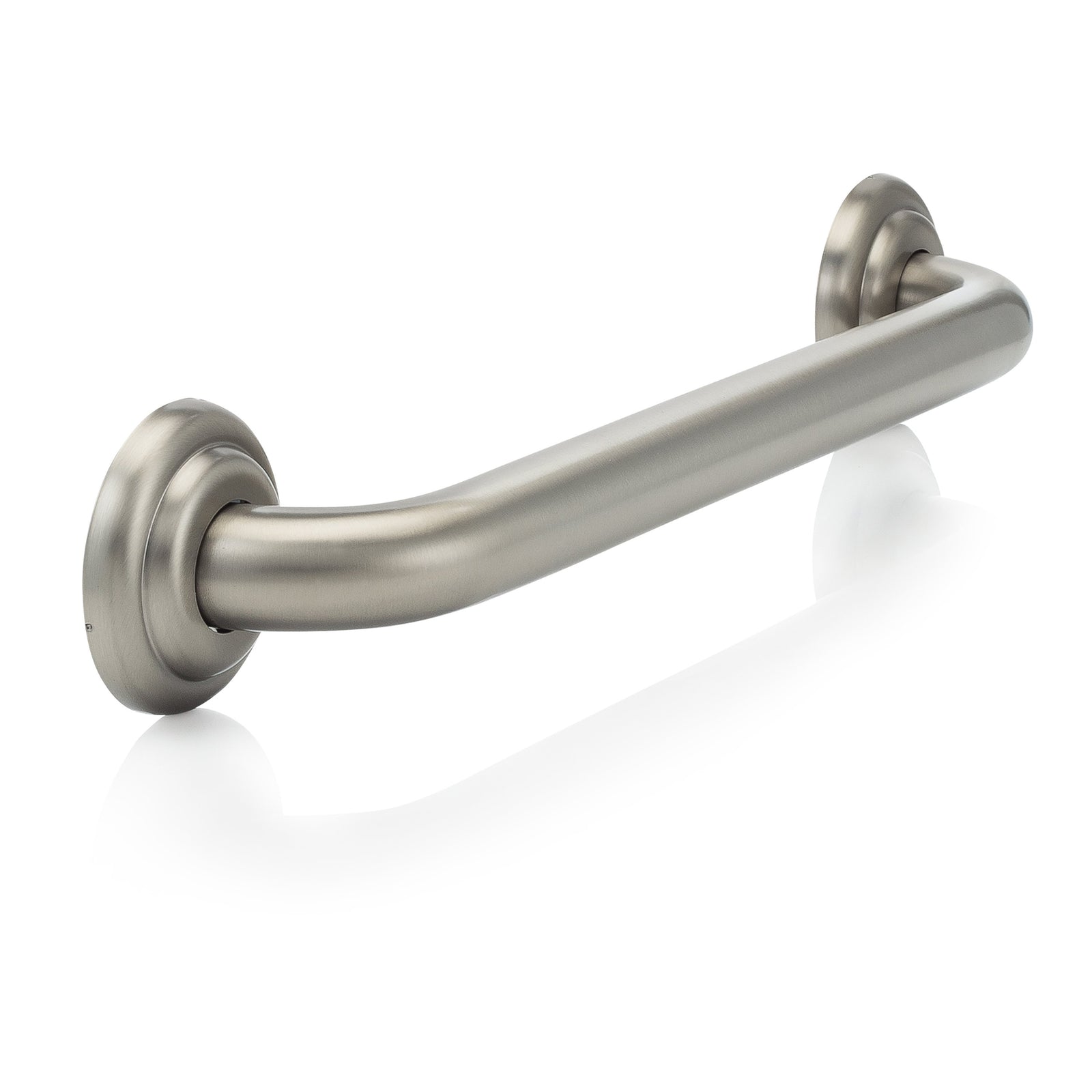
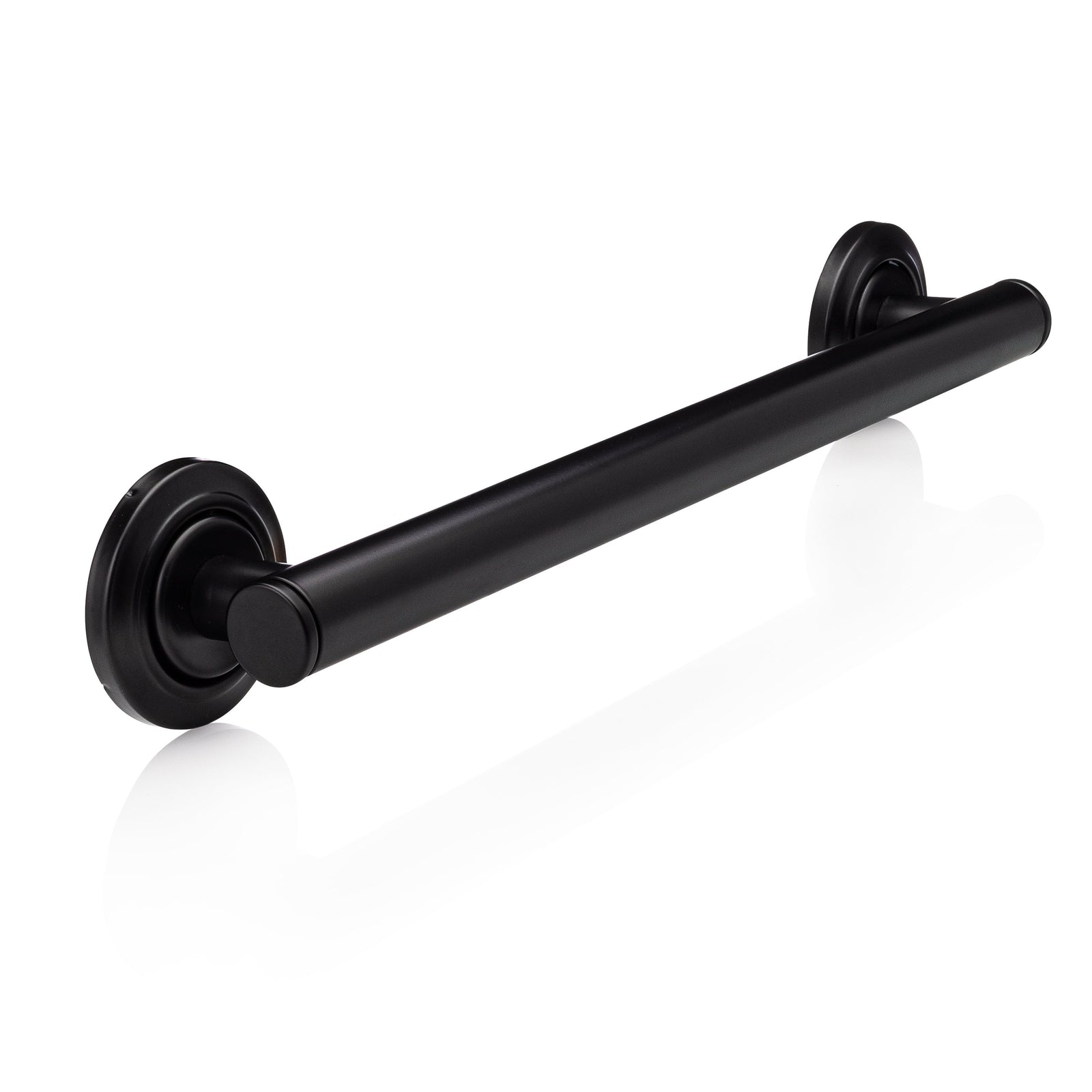
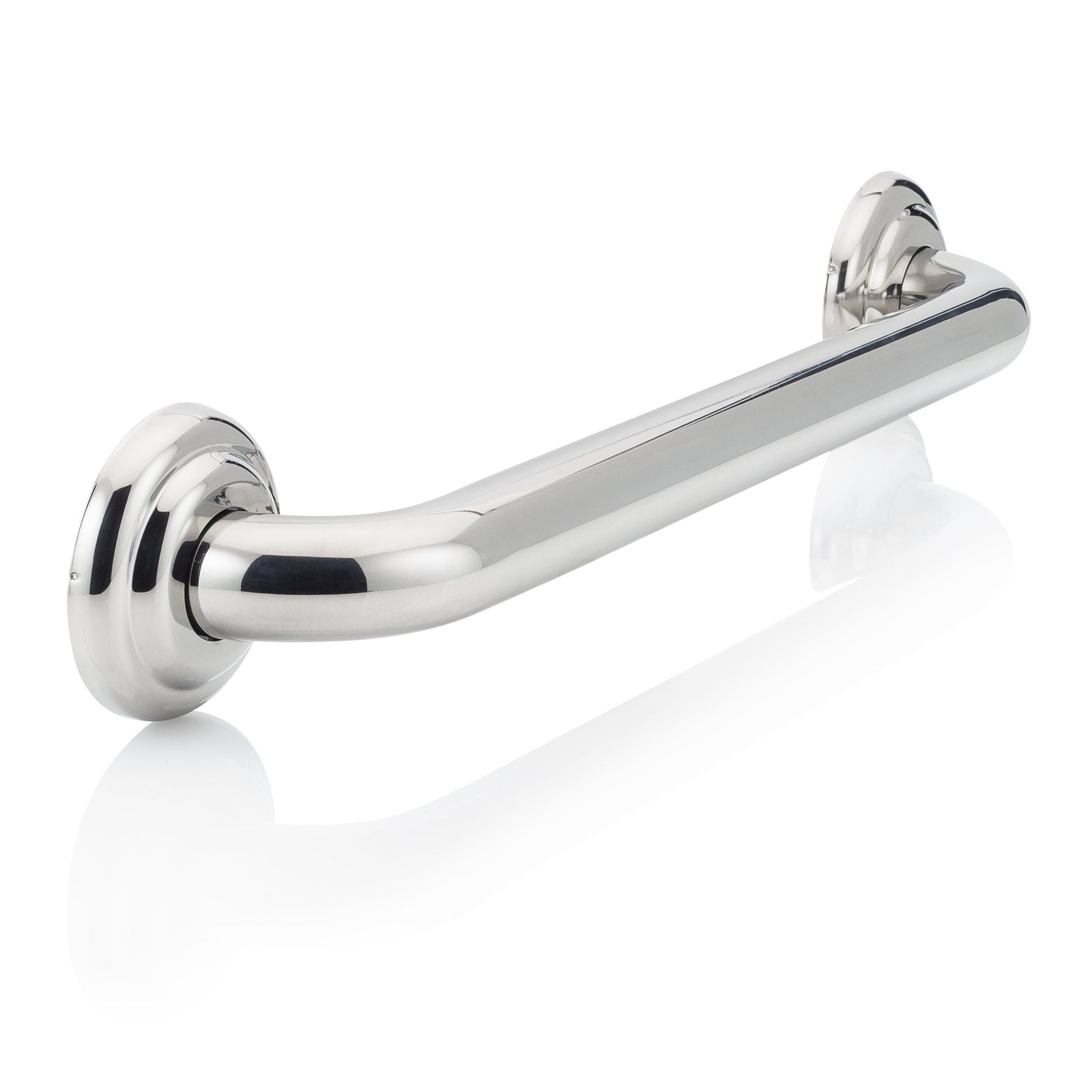

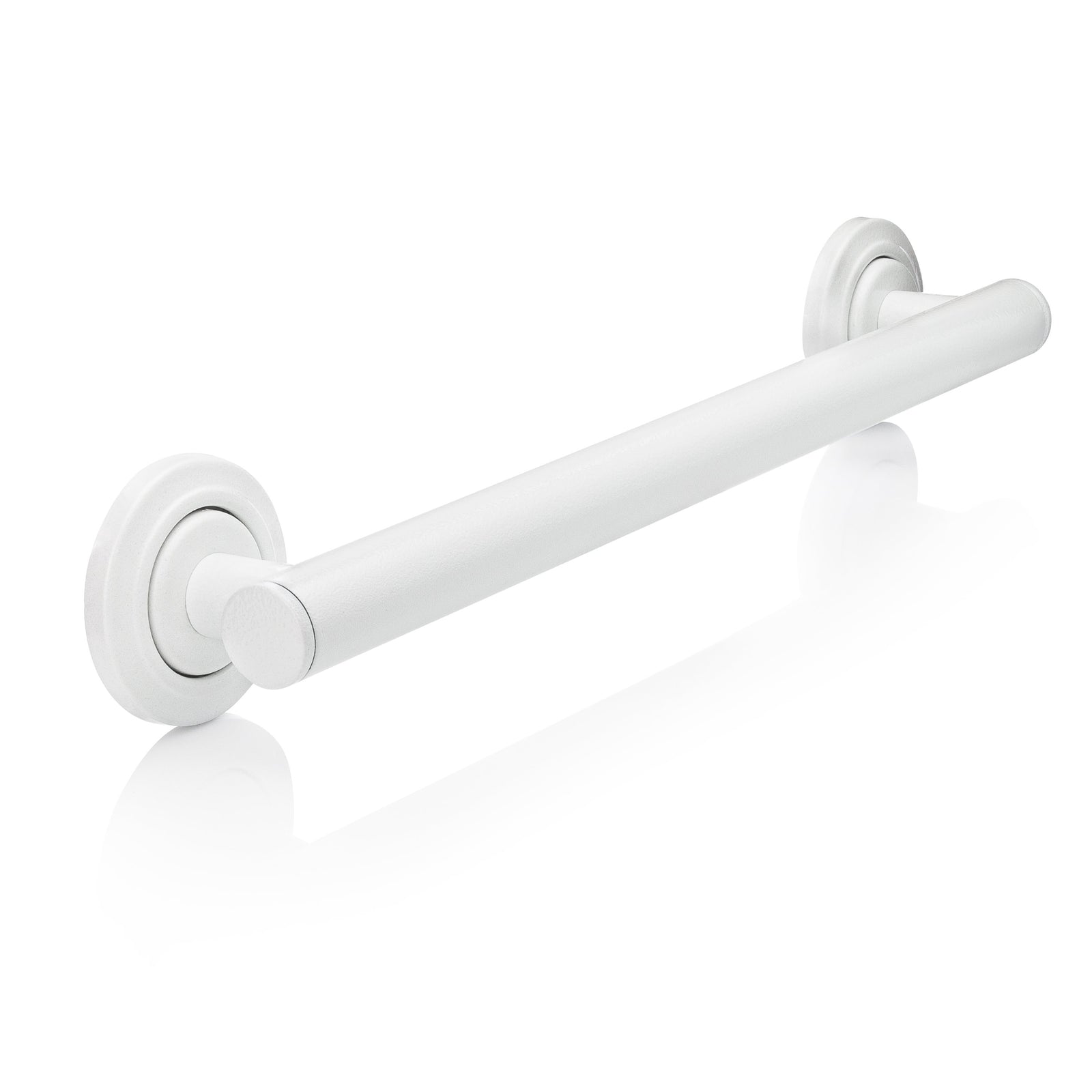
Leave a comment (all fields required)